
Susan Kare, Thomas Phifer, IwamotoScott, SCAPE among 2019 Cooper Hewitt National Design Awardees
By Justine Testado|
Thursday, Jun 13, 2019
Related
Another edition of the Cooper Hewitt, National Design Awards has come to a close. Launched in 2000 as a project of The White House Millennium Council, the yearly awards program recognizes designers, patrons, and companies for excellence, innovation, and public impact across 10 design disciplines. The winners are selected based on the level of excellence, innovation, and social impact of their body of work.
An esteemed, interdisciplinary jury selected the winners after reviewing the submitted nominations from design experts and enthusiasts. The Director’s Award will be bestowed to an individual or organization for their outstanding support and patronage within the design community. The 2019 recipient will be announced on a later date.
Read on for more about this year's winners.

LIFETIME ACHIEVEMENT: SUSAN KARE
Bio: “Susan Kare is a pioneering graphic designer based in San Francisco, California. For over thirty-five years she has designed many notable icons and graphics that have become familiar to anyone who uses a computer. Her early work was developed using a minimalist grid of pixels and constructed with mosaic-like precision; despite the low resolution, the icons communicated their functions immediately and memorably. Known as the artist “who gave the Macintosh a smile,” she was hired at Apple in 1982 and created digital graphics and typefaces for the original Macintosh computer that were inviting, intuitive, and universal. In 1986, she joined Steve Jobs at NeXT Computer, and in 1989 was a founder of Susan Kare Design, spending the next twenty-five years developing thoughtful solutions to design problems for hundreds of clients including Autodesk, Facebook, Fossil, General Magic, IBM, Microsoft, PayPal, and Pinterest. Since 2015, she has worked as a creative director at Pinterest.”
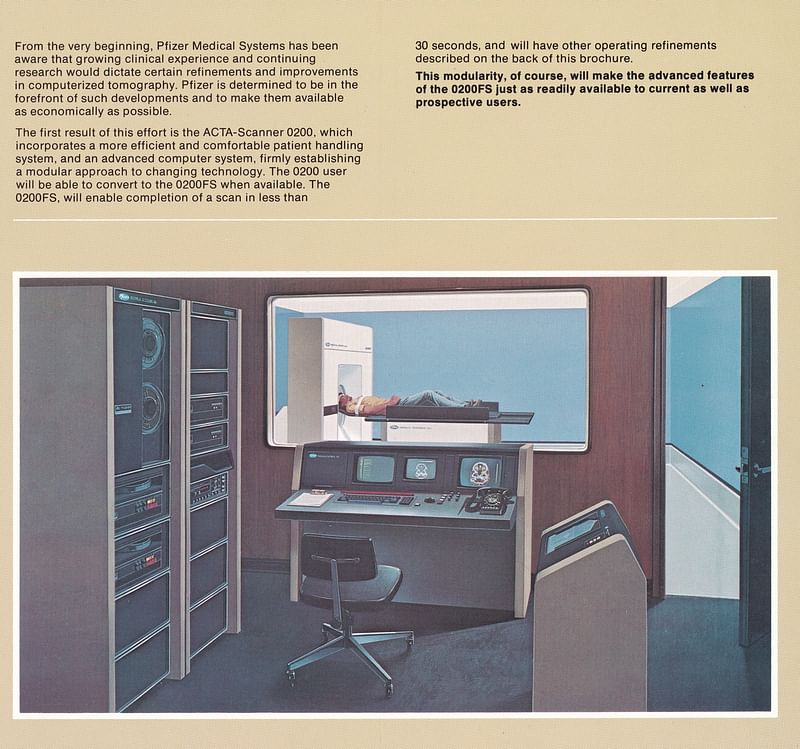
DESIGN MIND: PATRICIA MOORE
“Patricia Moore is an internationally renowned designer, gerontologist, and leading authority on consumer lifespan behaviors. From 1979 to 1982, Moore traveled throughout North America disguised as elder women—her body altered to simulate the normal sensory changes associated with aging—to better respond to people, products, and environments. Moore’s clients include Johnson & Johnson, Maytag, NASA, OXO, Pfizer, Procter & Gamble, and Whirlpool, and she has designed more than three hundred physical medicine and rehabilitation environments for healthcare facilities throughout North America, Europe, and Japan. Named one of the world’s forty most socially conscious designers by I.D. magazine, Moore is the author of numerous articles and books including Disguised: A True Story; Ageing, Ingenuity & Design; and The Business of Aging (forthcoming).”

CORPORATE & INSTITUTIONAL ACHIEVEMENT: MIT D-LAB
“MIT D-Lab has become a global leader in participatory design, empowering thousands to address the daily challenges of poverty through design and social entrepreneurship. Founded in 2002 by MIT senior lecturer Amy Smith, D-Lab began as a single course known as The Haiti Class, which sought to apply engineering and design principles to the complex issues faced by people living in poverty. That first course embodied the values of technical expertise and a commitment to deep and respectful collaborations that D-Lab continues to hold at the center of its work today. D-Lab’s programs include more than twenty interdisciplinary courses, six research groups working in collaboration with global partners, and technology development for, with, and by people living in poverty.”

ARCHITECTURE DESIGN: THOMAS PHIFER
“Thomas Phifer founded his New York studio in 1997. He has completed projects such as the Glenstone Museum expansion in Potomac, Maryland, the Corning Museum of Glass expansion in Corning, New York, and the Raymond and Susan Brochstein Pavilion at Rice University in Houston. He is currently engaged in the design of the Museum of Modern Art Warsaw and TR Warszawa Theatre complex in Warsaw, Poland, the Waterloo Park Performance Pavilion in Austin, Texas, and the CineColombia Headquarters in Bogotá, Colombia. He is the William Henry Bishop Visiting Professor of Architectural Design at the Yale School of Architecture.”
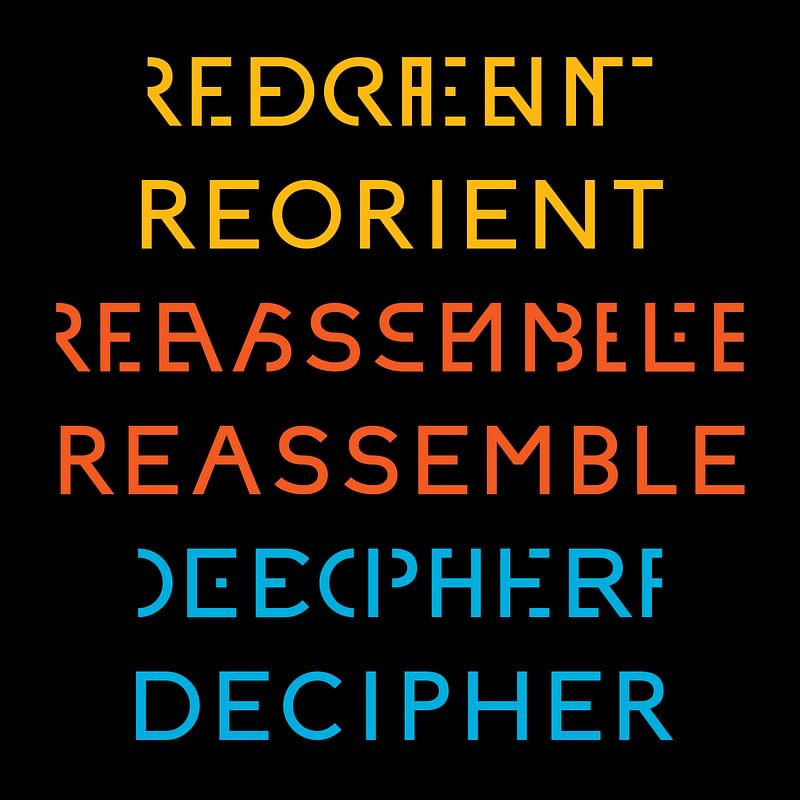
COMMUNICATION DESIGN: TOBIAS FRERE-JONES
“Tobias Frere-Jones is one of the world’s leading typeface designers, creating some of the most widely used typefaces, including Interstate, Poynter Oldstyle, Whitney, Gotham, Surveyor, Tungsten and Retina. He started designing letterforms in 1986 at the age of 16 and became a professional type designer in 1990. He established his own type design practice, Frere-Jones Type, in New York in 2015. He has taught type design at the Yale University School of Art since 1996 and at the School of Visual Arts since 2014, and has lectured in the United States, Europe and Australia. Frere-Jones has written on type history and theory and contributes commentary to a range of publications.”
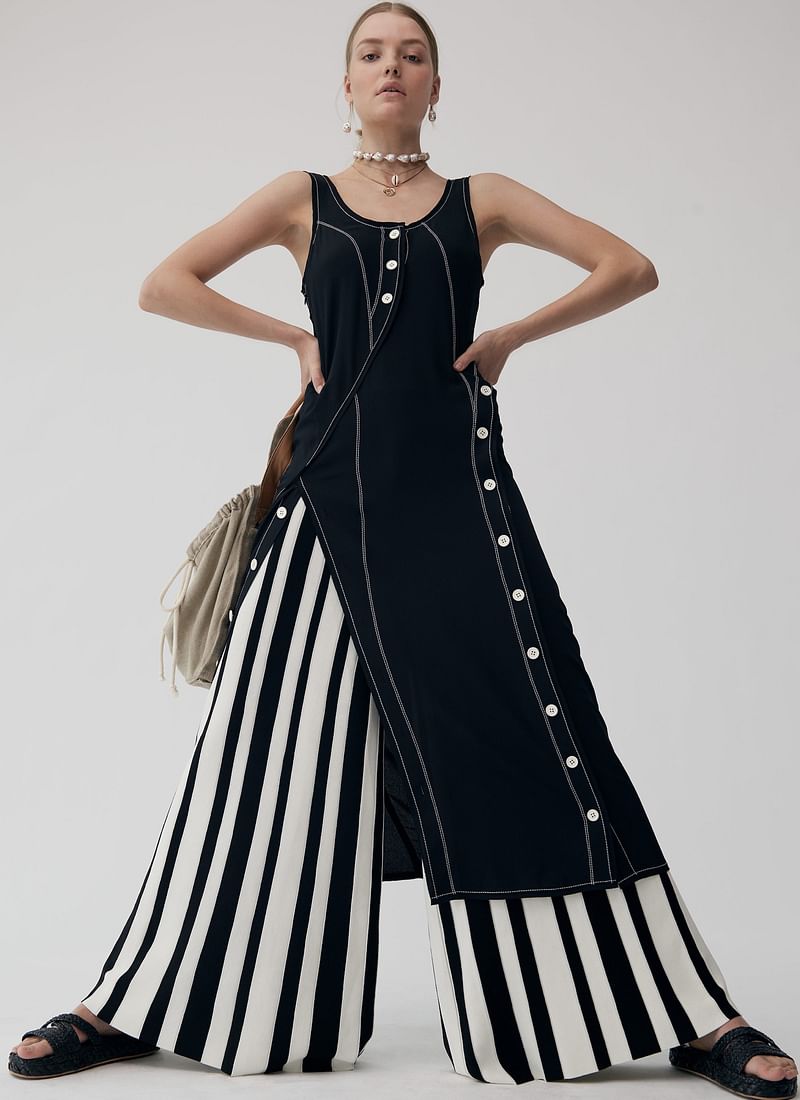
FASHION DESIGN: DEREK LAM
“Derek Lam is a leading designer of relaxed yet elevated American sportswear. His work is known for its calculated simplicity and thoughtful detailing that creates a sophisticated modern sensibility. A San Francisco native, Lam began his fashion career in 1990. He spent eight years as a designer at Michael Kors before launching his New York-based eponymous fashion house with partner Jan-Hendrik Schlottmann in 2004 and contemporary line Derek Lam 10 Crosby in 2011. The collections include women’s clothing, shoes, handbags and eyewear. Lam has received numerous accolades from CFDA, and his work has been exhibited at the Kennedy Center, The Museum at FIT and the Victoria and Albert Museum.”
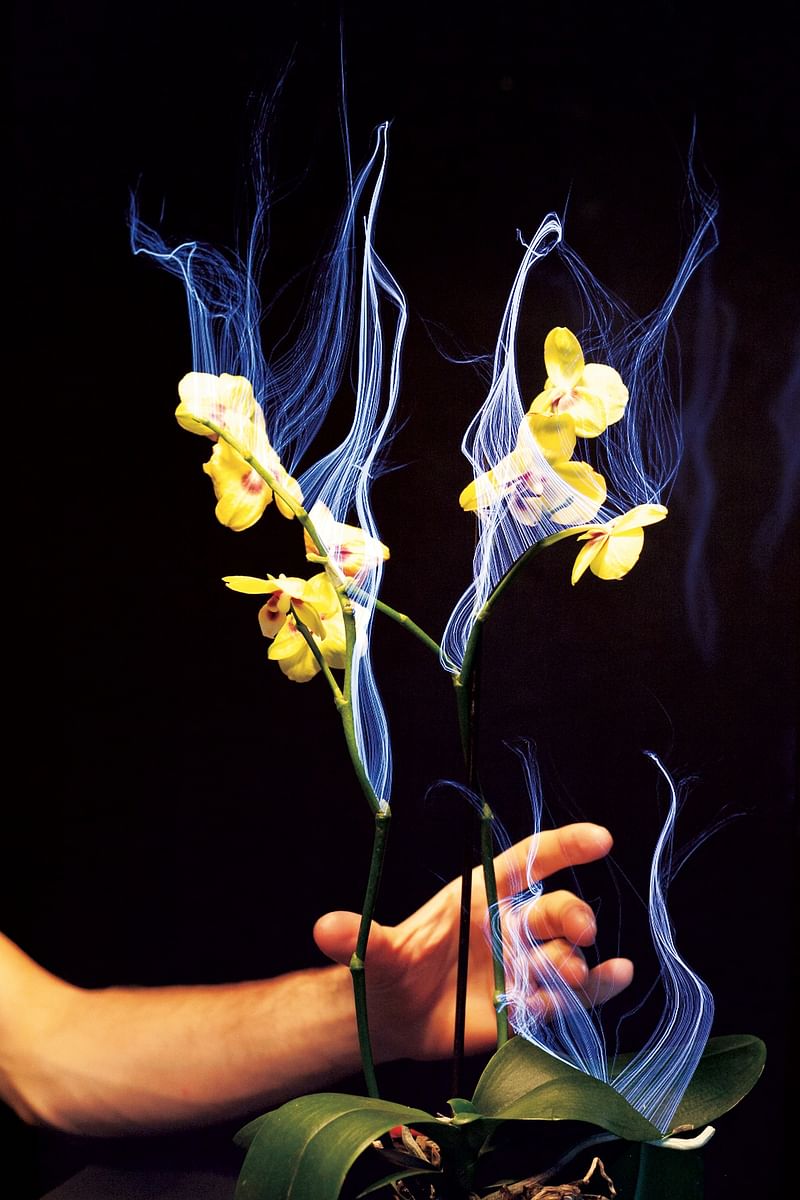
INTERACTION DESIGN: IVAN POUPYREV
“Ivan Poupyrev is an award-winning scientist, designer and technical leader. Over the past 20 years, he has invented, developed and brought to market breakthrough technologies and interaction concepts that allow for the seamless blending of digital and physical interactivity in everyday objects and devices. Previously at Walt Disney Imagineering Research Division and Sony Computer Science Labs in Tokyo, Poupyrev is currently director of engineering at Google’s Advanced Technology and Projects group in Mountain View, California, where he leads a team focused on inventing and realizing breakthrough interaction technologies for people’s future digital lives. His most recent work, the Levi’s Commuter Trucker Jacket with Jacquard by Google, is in the permanent collection of Cooper Hewitt.”
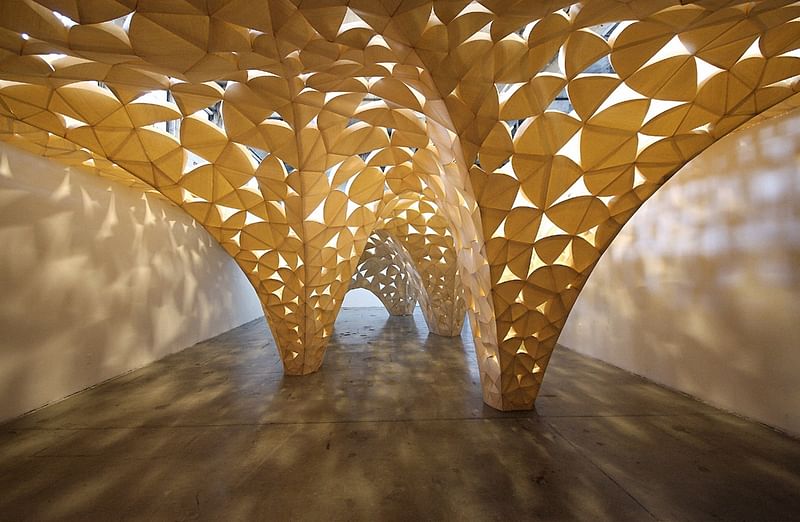
INTERIOR DESIGN: IWAMOTOSCOTT ARCHITECTURE
“IwamotoScott Architecture is a San Francisco-based architecture and design firm founded by Lisa Iwamoto and Craig Scott in 2000. Committed to pursuing architecture as a form of applied design research, the firm believes that each project can achieve a unique design synthesis. Conceptual themes of the work focus on strategies of adaptation and intensifying the experiential and performance-based qualities of materials and space. The firm’s clients range from technology companies and arts organizations to venture capital firms and educational institutions including Pinterest, Google, Tishman Speyer, the Vitra Design Museum, MoMA/PS1, SFMOMA and University of California Berkeley. Alongside their practice, Iwamoto is professor in architecture at UC Berkeley, and Scott is professor in architecture at California College of the Arts.”

LANDSCAPE ARCHITECTURE: SCAPE LANDSCAPE ARCHITECTURE
“SCAPE Landscape Architecture is a design-driven landscape architecture and urban design studio based in New York and New Orleans. Founded by MacArthur Fellow Kate Orff in 2005, SCAPE believes landscape architecture can enable positive change in communities through the creation of regenerative living infrastructure and public landscapes. The studio works to integrate natural cycles and systems into environments across all scales, from small urban parks, such as the First Avenue Water Plaza in New York, to large-scale resilient coastal infrastructure, such as Living Breakwaters on Staten Island, which aims to buffer wave damage and provide a more biodiverse habitat. SCAPE’s diverse outputs include built landscapes, planning frameworks, research, books and installations, with the goal of connecting people to their immediate environment and creating dynamic and adaptive landscapes for the future.”
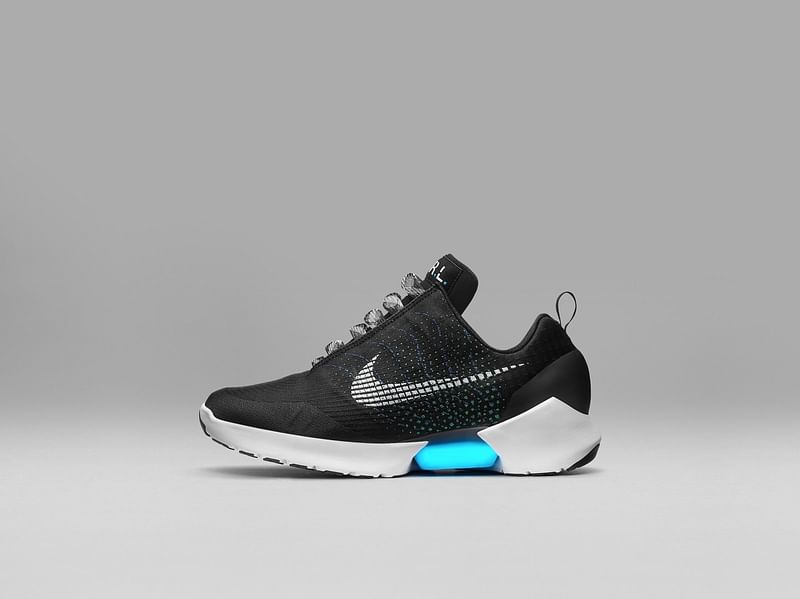
PRODUCT DESIGN: TINKER HATFIELD
“For nearly four decades, Tinker Hatfield has been designing some of Nike’s most popular athletic shoes. After studying architecture at the University of Oregon, where he was coached by Nike co-founder Bill Bowerman, Hatfield joined Nike in 1981 and currently serves as vice president of creative concepts. Known for his inventive imagination, relentless drive toward improved performance and disruptive aesthetic footwear, Hatfield has earned global recognition for his collaboration with Michael Jordan on the Air Jordan line at Nike. He has created specialized Nike performance products for champion athletes and entertainers, including LeBron James, Kobe Bryant, Laird Hamilton, Gabrielle Reece, Renaud Lavillenie and Justin Timberlake. Hatfield lives in Portland, Oregon, and mentors young Nike designers to help build the Nike of the future.”
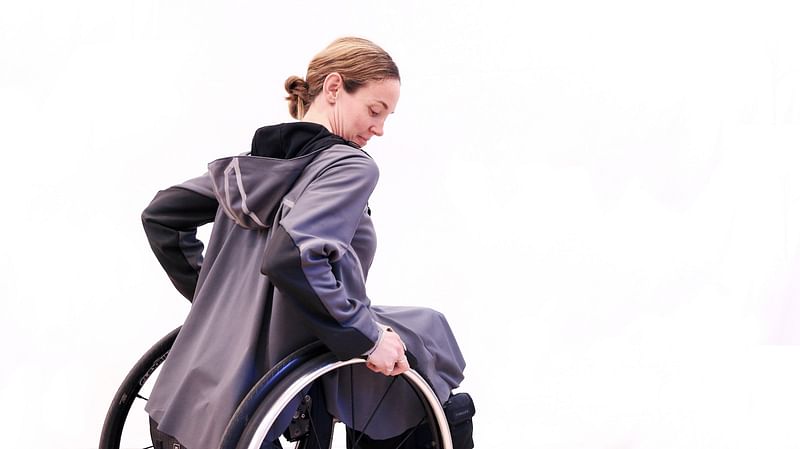
EMERGING DESIGNER: OPEN STYLE LAB
The Emerging Designer Award recognizes the achievements of an extraordinary young talent and provides a springboard for a new career on the rise by offering a cash prize to accelerate their advancement.
“Open Style Lab is a nonprofit organization dedicated to creating functional wearable solutions for people of all abilities without compromising on style. Led by board members Grace Jun, Christina Mallon-Michalove and Pinar Guvenc, the New York-based organization teams designers, engineers and occupational therapists to conceive and build accessible wearables that address the needs with and for people with disabilities. Established in 2014, Open Style Lab’s mission is for all people to have access to style, regardless of cognitive and physical ability. In addition to apparel, Open Style Lab’s body of work includes accessories, wearable technology, innovative textile applications and education programs.”
2019 Jury:
Brad Cloepfil, principal, Allied Works Architecture
Whitney Delgado, vice president of design and strategic partnerships, Shinola
David Hocker, president and founding partner, Hocker Design Group
Joichi Ito, director, MIT Media Lab
Marlene Liriano, managing director/principal, IA Interior Architects
Giorgia Lupi, partner, Pentagram
Mary Ping, founder, Slow and Steady Wins the Race
Scott Stowell, founder, Open
Images courtesy 2019 Cooper Hewitt, National Design Awards.

RELATED NEWS Cooper Hewitt's 2019 Design Triennial will focus on design's ability to cope with climate change


Share
0 Comments
Comment as :